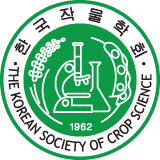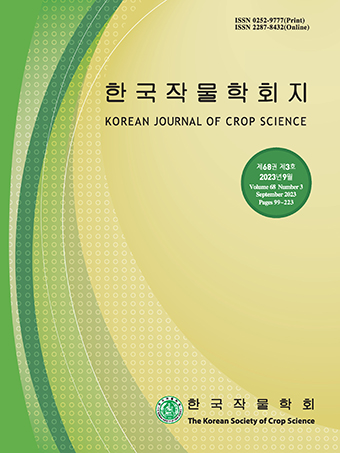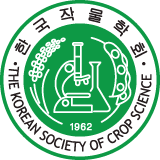Abstract
References
Information
Reay, M. K., L. M. Greenfield, M. Graf, C. E. M. Lloyd, R. P. Evershed, D. R. Chadwick, and D. L. Jones. 2023. LDPE and biodegradable PLA-PBAT plastics differentially affect plant-soil nitrogen partitioning and dynamics in a Hordeum vulgare mesocosm. J. Hazard. Mater. 447 : 1-10.
10.1016/j.jhazmat.2023.13082536708602
- Publisher :The Korean Society of Crop Science
- Publisher(Ko) :한국작물학회
- Journal Title :The Korean Journal of Crop Science
- Journal Title(Ko) :한국작물학회지
- Volume : 69
- No :1
- Pages :34-48
- Received Date : 2024-02-07
- Revised Date : 2024-02-14
- Accepted Date : 2024-02-15
- DOI :https://doi.org/10.7740/kjcs.2024.69.1.034




 The Korean Journal of Crop Science
The Korean Journal of Crop Science








